Growth of the Sports Nutrition Sector
The sports nutrition sector is experiencing rapid growth, which is significantly impacting the Serine Amino Acid Market. As more individuals engage in fitness and athletic activities, the demand for specialized nutrition products, including amino acids, is on the rise. Serine is recognized for its role in muscle recovery and energy production, making it a valuable component in sports nutrition formulations. Market analysis suggests that the sports nutrition market could reach over 30 billion dollars by 2026, providing a substantial opportunity for serine-based products. This growth is prompting manufacturers to innovate and create serine-rich supplements tailored for athletes, thereby enhancing the overall market dynamics for serine amino acids.
Rising Popularity of Functional Foods
The trend towards functional foods is gaining momentum, which is significantly influencing the Serine Amino Acid Market. Consumers are increasingly seeking foods that offer health benefits beyond basic nutrition, and serine is recognized for its potential to support cognitive function and immune health. The functional food market is projected to grow at a rate of around 7% annually, indicating a robust opportunity for serine-enriched products. Manufacturers are responding to this trend by incorporating serine into various food products, such as protein bars and beverages, to appeal to health-conscious consumers. This shift towards functional foods is likely to bolster the demand for serine, as it aligns with the growing consumer preference for health-promoting ingredients.
Expansion of the Pharmaceutical Sector
The pharmaceutical industry is witnessing a notable expansion, which is positively impacting the Serine Amino Acid Market. Serine plays a crucial role in various biochemical processes and is utilized in the synthesis of several pharmaceuticals. The increasing prevalence of chronic diseases and the subsequent demand for effective treatments are propelling the growth of this sector. Data indicates that The Serine Amino Acid Market is expected to reach over 1.5 trillion dollars by 2025, creating a substantial opportunity for serine as a key ingredient in drug formulations. Furthermore, the ongoing research into the therapeutic applications of serine, particularly in neurological disorders, is likely to enhance its market presence within the pharmaceutical domain.
Technological Advancements in Production
Technological advancements in the production of amino acids are transforming the Serine Amino Acid Market. Innovations in fermentation technology and enzymatic processes are enhancing the efficiency and sustainability of serine production. These advancements not only reduce production costs but also improve the purity and quality of serine, making it more appealing to manufacturers and consumers alike. As the market for amino acids continues to expand, the adoption of these cutting-edge technologies is expected to play a pivotal role in meeting the increasing demand. Furthermore, the ability to produce serine through more sustainable methods aligns with the growing emphasis on environmentally friendly practices within the industry, potentially attracting a broader customer base.
Increasing Demand for Nutritional Supplements
The rising awareness regarding health and wellness has led to an increased demand for nutritional supplements, which prominently includes amino acids like serine. The Serine Amino Acid Market is experiencing a surge as consumers seek products that enhance physical performance and support overall health. According to recent data, the dietary supplements sector is projected to grow at a compound annual growth rate of approximately 8% over the next few years. This trend is likely to drive the demand for serine, particularly among athletes and fitness enthusiasts who are increasingly incorporating amino acids into their diets for muscle recovery and performance enhancement. As a result, manufacturers are focusing on developing innovative serine-based products to cater to this growing consumer base.


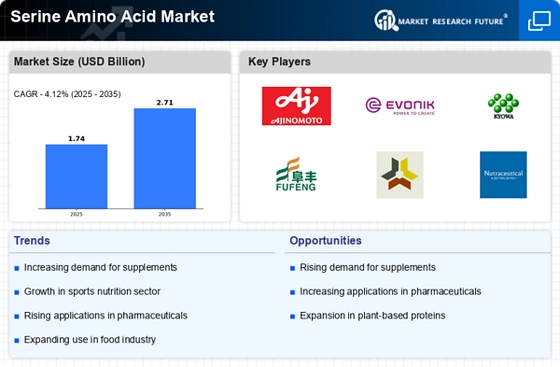
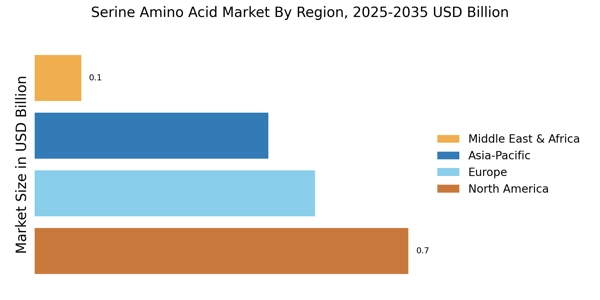
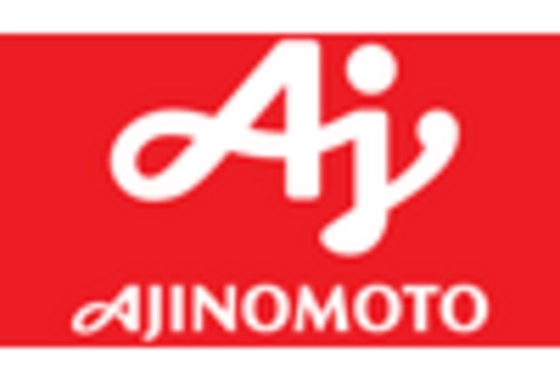
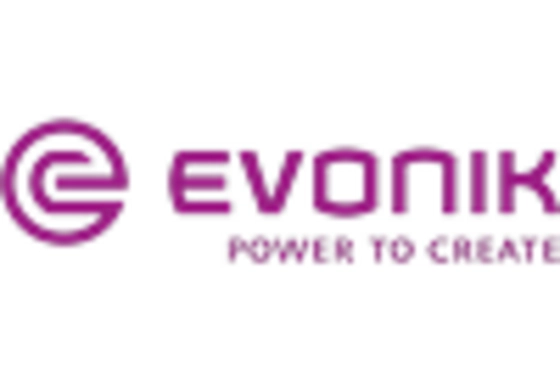



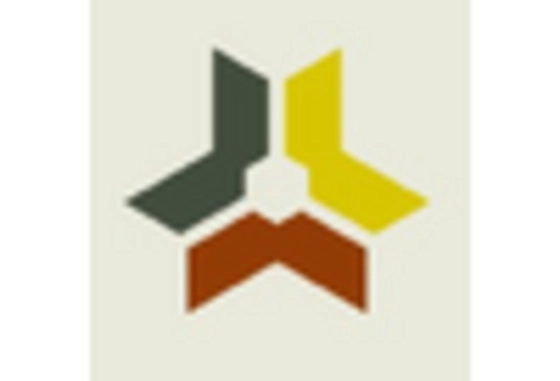








Leave a Comment